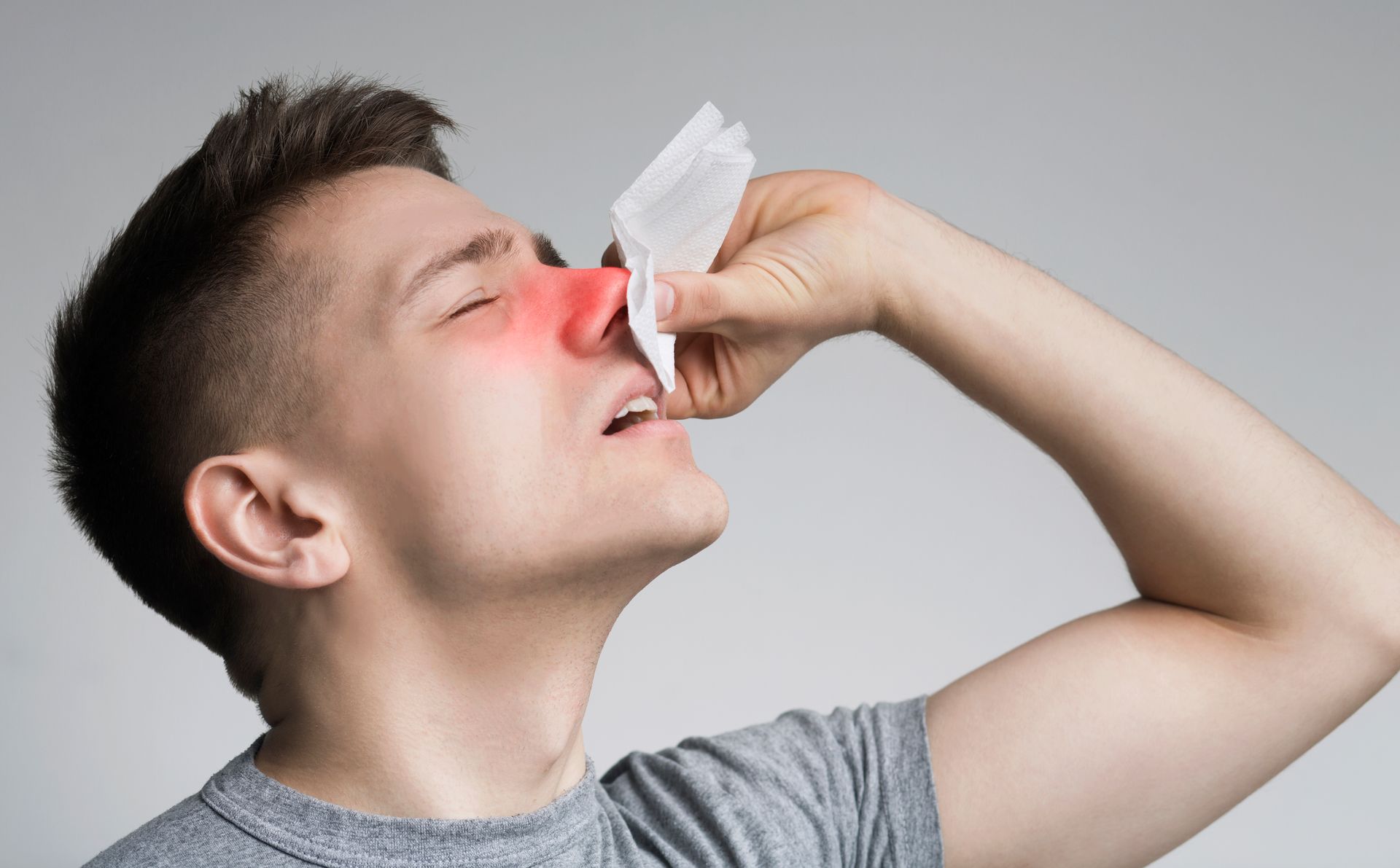How to Safely Remove Earwax
Did you know that earwax, or cerumen, is actually your body’s way of protecting your ears? It helps trap dirt, debris, and bacteria, keeping your ears clean and healthy. But sometimes, things can get a little out of hand! If your ears are feeling clogged or experiencing discomfort, it might be time to tackle that ear wax buildup.
What is Earwax?
Earwax is a combination of secretions from glands in the ear canal, dead skin cells, and small bits of dirt found in your ear. Earwax can vary in color and texture. It may be wet and sticky or dry and flaky, depending on an individual's genetic background and other factors. A little bit of earwax is normal and helps keep your ears healthy. However, if too much wax builds up, it can cause problems like discomfort and hearing loss.
Research shows that about 10% of children and 5% of adults experience earwax blockage. It’s actually one of the main reasons older adults may have trouble hearing.
Signs of Excess Earwax
You may need to remove earwax if you experience:
- Hearing loss or muffled hearing
- Earache or discomfort
- A feeling of fullness in the ear
- Itching or irritation in the ear canal
- Ringing in the ears (tinnitus)
How to Remove Earwax at Home
While it might be tempting to use cotton swabs or other tools to remove earwax, these can push wax further in and cause damage. Instead, consider these safe methods for earwax removal:
1. Soften the Wax
Using ear drops can help soften the wax, making it easier to remove. You can buy over-the-counter drops or use a natural remedy:
- Hydrogen Peroxide: Mix equal parts of hydrogen peroxide and water. Put a few drops in your ear while lying on your side, allowing it to sit for 5-10 minutes before draining it out.
- Olive Oil or Mineral Oil: Use a few drops of warm (not hot) oil in each ear to soften the wax.
2. Irrigation
After softening the wax, you can gently flush your ear with warm water:
- Use a bulb syringe to squirt warm water into your ear while tilting your head to one side.
- Allow the water to drain out into a bowl or sink.
3. Use a Damp Cloth
After softening the wax, you can also use a damp washcloth to wipe the outer part of your ear. Avoid inserting anything into your ear canal.
Remember, a little earwax is completely normal and healthy. However, if you have stubborn buildup, the safest option is to visit an ear, nose, and throat specialist. If you experience discomfort or ongoing blockage, seek professional help. For expert care, don’t hesitate to contact Kentuckiana Ear, Nose and Throat for assistance! Your ear health matters!







Our Convenient Locations
We Want To Hear From You!
Go here to request an appointment, here to refer a patient, and here if you are a parent making an appointment for your child. If you have any other questions, reach out to us below!
Experience Quality and Compassionate ENT Care
See the best otolaryngologists in
Louisville, KY and Jeffersonville, IN
at Kentuckiana Ear, Nose & Throat






